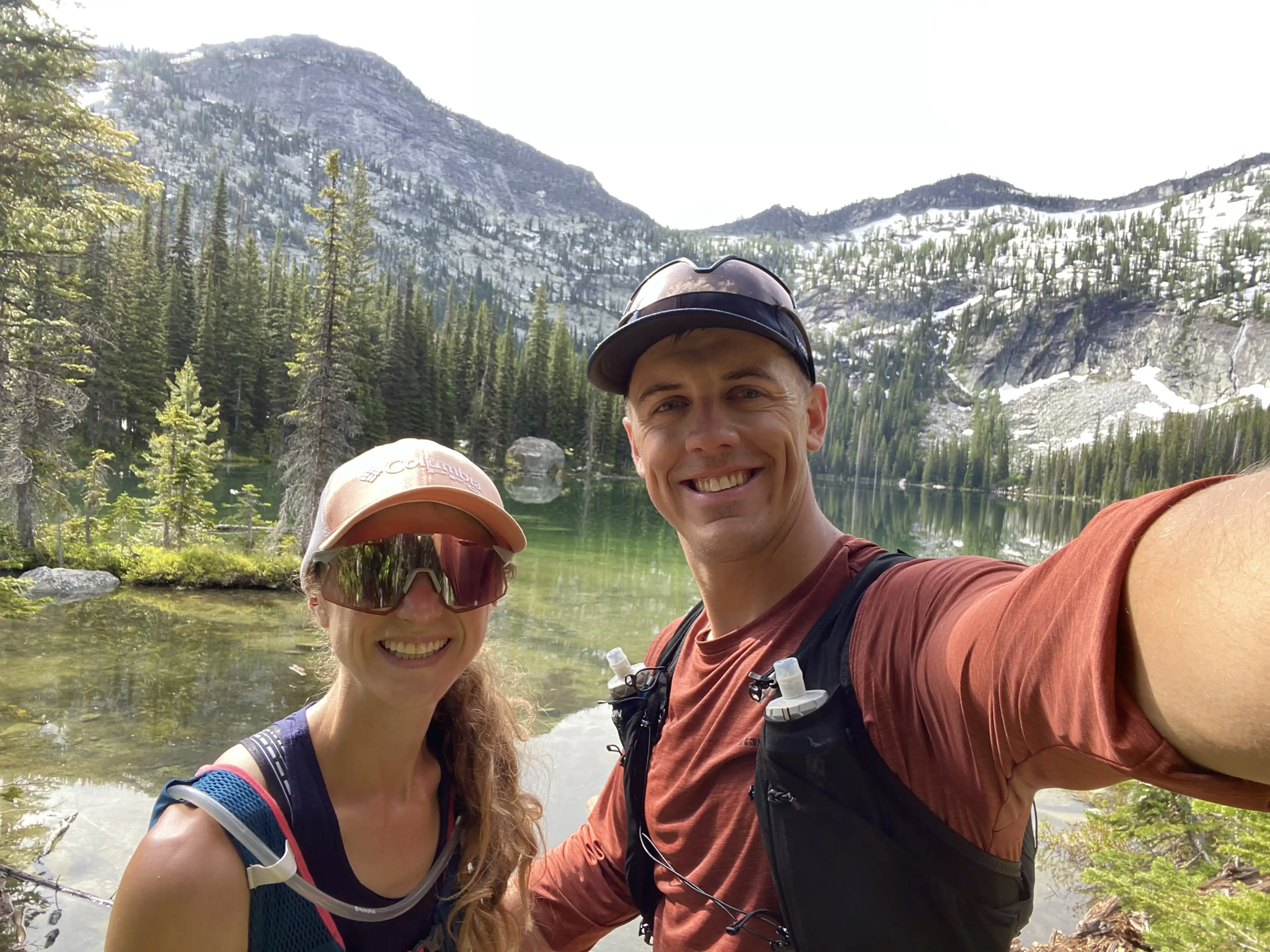Building In the Open
When marketing a new project you have one fundamental question to answer... How do you get people to give a crap about what you are building? Anyone can vibe code a website and “launch a business” (insert cliche here about how Ai is changing the times)...

So how do you convince people your project is actually worth paying attention to? And… how are we (Geoflow) going to try and convince you to give a crap about us?
Every marketing book and web-design guru will tell you that two key components of influencing people to “give a crap” are social proof and appealing to authority. So the first thing we generally do is put our most impressive client logos scrolling on the landing page, brush up our LinkedIn profiles, and try to get featured by some publication “As Seen In” to give us credibility.
When you are first starting out, there are limited options to build trust. You can “pay to play” and buy your trust signals (equity, cash, etc.) You can hack and bend your copy to sound as impressive as possible. After all, “100% customer satisfaction” is technically a factual statement even if your mom is the only customer you’ve ever had. Or, you can fudge things to appear like you are further along than you are. What marketer hasn’t at one point had a friend or an in-law write the first review?
“Fake it ‘til you make it” has long been a legitimate business motto. And not for nothing, it works. Paint the vision of what could be, make the project look bigger than it actually is, and hope to convince enough people to work with you to – “make it.”
This has generally been my approach to marketing something new over the years.
But building an open source project (and marketing it) fundamentally requires a different approach. Ultimately, the “ask” (aka the call to action) is for help. Our hope is to find contributors to the project. To gather folks to help us build something cool. To develop a community of individuals that find the project compelling and are willing to share it with others. Thus, by its very nature, marketing an open source project requires vulnerability. No one wants to help someone who is closed off, guarded, or secretive. It is also very hard to help someone who is busy pretending like they don’t need it. There is no faking it when you are asking for help. Even more than that, there is no hiding. Your code, the number of contributors or stars in Github, the number of people engaged on Discord (or not) are all out in the big wide open.
So clearly there is a need for a different playbook. Which runs contrary to my (our) default. I don’t particularly like building in the open. I don’t like having to explain goals and then if they don’t work out, explaining the pivots or failures. I don’t even particularly like having overly opinionated discussions.
But ultimately, we need a marketing playbook that focuses on telling a compelling story and inviting folks to join in on the ride. As we publish this article we have no contributors in Github, we haven’t even set up the Discord channel, and the project is officially only two weeks old (we added a counter to the page so you can see the official number of build days.) But we are genuinely excited about the problem, excited about how we are trying to fix it, and excited to build a brand that is different from the overly corporate and tired $1b+ brands that currently exist in the geospatial world.
At the end of the day we are not only open sourcing this project, we are also building and marketing it out in the open as well.
So what?
We understand this could mean 100x different things to 100x different people. But so far, here are the guidelines we’ve come up with to shepherd our marketing. We are placing these here so that others can hold us accountable to them as well. If our brand gets tired, our content is lazy and uninteresting, just as you have a right to publish issues in Github, you can publish issues about our marketing. So without further ado:
What we do:
- Only produce content (written, video, etc.) that we are genuinely interested in and are excited to share with people.
- Weave our personalities into our website and content. Humor, excitement, and fun are much more entertaining than another LinkedIn case study.
- Whenever possible, promote other cool projects and tools people are working on.
- Test and stretch our capabilities as writers, designers, and content creators.
- Build a brand that is fun to interact with.
What we don’t do:
- Pump and dump content en masse.
- Sacrifice content quality for SEO, conversions, or keywords
- Push anything misleading or meant to “puff us up”
- Pretend we are something we aren’t
- Promote things we don’t really care about
- Shameless sales talk or corporate garbage

